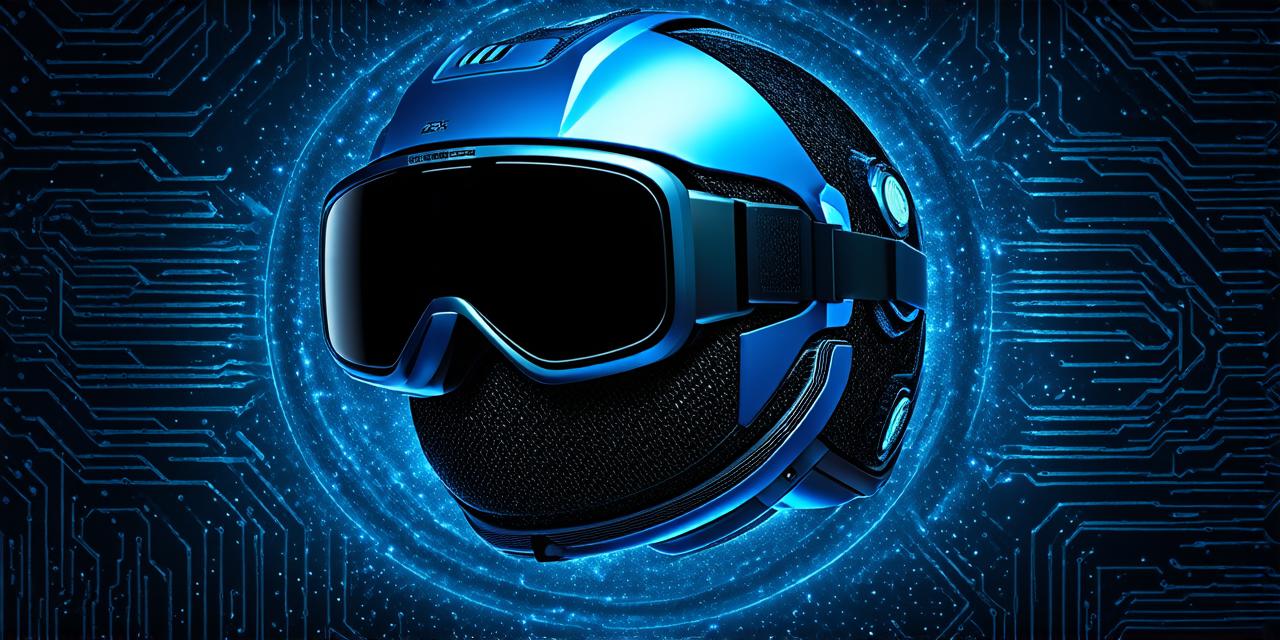Virtual Reality (VR) is a rapidly growing technology that has found applications in various industries, including gaming, education, healthcare, and tourism, among others. With its ability to immerse users into digital environments, it has the potential to revolutionize the way we interact with and experience digital content.
Hardware Requirements for VR Development
Before you can start developing VR experiences, it’s important to ensure that your computer meets the minimum hardware requirements. Here are some of the key components you will need:
- Graphics card (GPU): A dedicated GPU is essential for VR development. It handles the rendering of 3D graphics and ensures smooth performance. Some popular GPUs used in VR development include NVIDIA GTX and AMD Radeon series.
- Processor (CPU): The CPU is responsible for running applications and managing resources. For VR development, you will need a processor with at least four cores and a clock speed of 3.5 GHz or higher.
- Random Access Memory (RAM): RAM is used to store data temporarily while the computer is running. A minimum of 8 GB of RAM is recommended for VR development.
- Storage: You will need ample storage space for your VR development projects, including game assets and other files. An SSD (Solid State Drive) is recommended over a traditional HDD (Hard Disk Drive) for faster read/write speeds.
- Computer: Finally, you will need a computer with sufficient processing power and memory to run VR applications. A desktop or laptop with at least an Intel Core i5 processor and 8 GB of RAM is recommended.
Software Tools and Techniques for VR Development
Once you have your hardware setup, it’s time to start learning the software tools and techniques used in VR development. Here are some key tools you will need:
- Game engines: Game engines like Unity and Unreal Engine are widely used in VR development. They provide a set of tools for creating 3D models, animations, and scripts.
- Programming languages: You will need to learn programming languages like C and Java to create VR experiences using game engines.
- 3D modeling software: 3D modeling software like Blender and Maya are used to create 3D models for VR environments.
- Texturing and lighting software: Texturing and lighting software like Substance Painter and ZBrush are used to add details and textures to 3D models.
- Audio tools: You will need audio tools like Audacity and Adobe Audition to create sound effects and background music for VR experiences.
Techniques Used in VR Development
Here are some key techniques used in VR development:
- Hand tracking: Hand tracking is a technique that allows the computer to track the position and movement of the user’s hands in real-time. This is essential for creating interactive VR experiences.
- Room-scale VR: Room-scale VR involves setting up a large space with sensors and cameras to create an immersive VR environment.
- Wireframing: Wireframing is a technique that allows you to create a basic skeleton of your VR experience before adding details and textures. This helps you visualize the overall layout of your experience and make changes more easily.
- Testing and optimization: Testing and optimization are critical for ensuring that your VR experience runs smoothly and provides an enjoyable user experience. You will need to test your VR experience on different hardware configurations and optimize it for performance.
Case Studies in VR Development
Here are some examples of successful VR development projects:
- “Beat Saber” by Beat Games: Beat Saber is a rhythm game that uses hand tracking to allow players to slice through blocks representing music beats. The game has been a huge hit on the Oculus platform and has inspired many other VR games.
- “Job Simulator” by Oculus: Job Simulator is a humorous VR experience that allows users to simulate various jobs, including cooking, carpentry, and cleaning. The experience uses room-scale VR and has been well received by both consumers and developers.
- “Anatomy VR” by Medical Realities: Anatomy VR is an educational tool that allows students to explore the human body in 3D. It provides a detailed and interactive learning experience that has been used in medical schools around the world.
